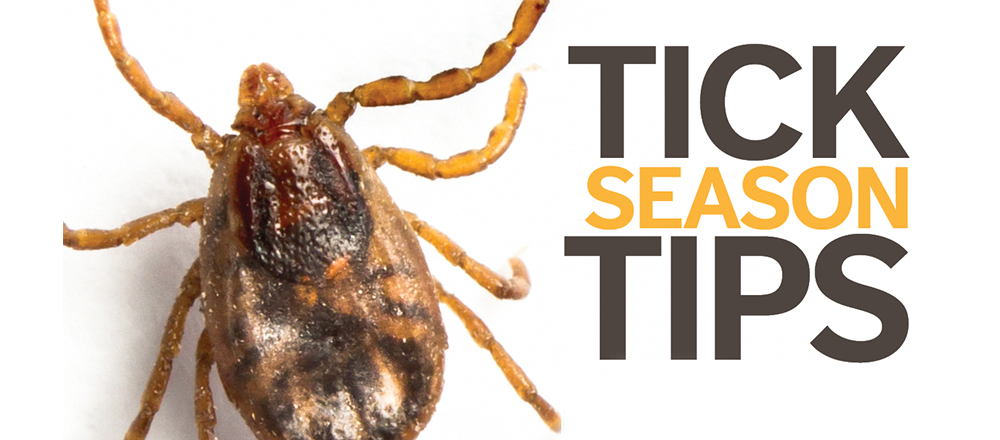Ticks: Avoid Misery in Missouri
June 18, 2021By: Bethany Talley
Categories: In the Community, Live Healthy

Historically, Missourians know to do tick checks between mid-spring through late summer. Yet a new study out of the University of Missouri found that ticks are actually active from early March through November. Climate change, which is creating warmer seasons, is thought to be at least partially responsible for the expanded tick season. To make matters worse, the longer, warmer months are attracting new tick species to the central Midwest that carry new viruses.
These reasons make it important to take extra precautions this time of year. Following prevention tips can help you steer clear of these tiny terrors, yet, your best defense is knowing your native tick population: who they are, how they act and what makes them “tick.”
Tick-Related Diseases
Data from the Centers for Disease Control and Prevention showed 50,000 reported cases of tick-related illnesses in 2019. That's more than twice the number reported just 15 years ago.
According to the Office of Veterinary Public Health, Missouri’s most common tick species are the Lone Star tick, American dog tick and the brown dog tick. The blacklegged tick is also found in some restricted areas. Of these species, the biggest public health concern is around the Lone Star and the American dog ticks.
These two varieties are common carriers of Rocky mountain spotted fever and Lyme disease, which can cause serious health issues if untreated. Lone Star ticks can also carry a newly discovered disease: the Bourbon virus. Missouri residents have tested positive for this virus, which includes signs and symptoms such as diarrhea, muscle aches and fever. In extreme cases, it can cause death.
Where You’ll Find Them
The ticks haven’t left for vacation, so don’t get a false sense of security – you still need to take precautions. During hot, dry conditions, ticks seek refuge in leaf litter, tall grass and other protected areas, which allows them to survive until conditions become more favorable.
Favorable Conditions
Weather doesn’t just affect the ticks – it affects humans and other mammals, their meal ticket. Simply put, ticks thrive when their food source does well. This may be the very reason tick populations can vary so much within a short distance. In addition to going where they have protection, they also look to set up shop where they have the best opportunities to feed. Securing a food source is their biggest motivator because they can’t move from one life cycle to the next without one.
More Quick Tips
For information about tick prevention and removal, watch Meritas Health Briarcliff’s Ashley E. Gemmell, DO, on WDAF-FOX4. In just a few minutes, you’ll learn about effective ways to keep the whole family protected.
Talk with an Expert
Do you have a tick-specific concern? Connect with a primary care physician.



